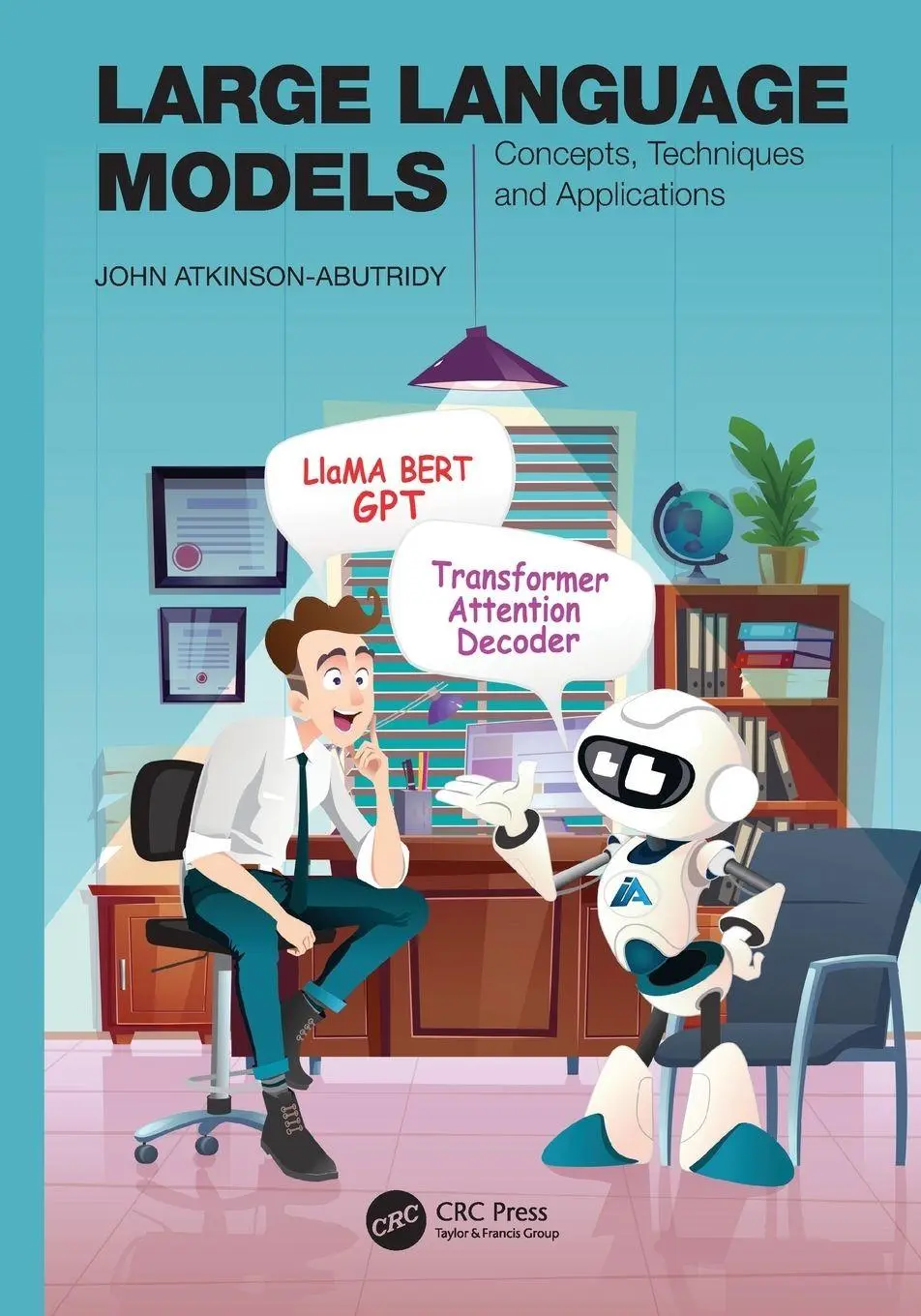47,95 €
UVP 58,84 €
Versandkostenfrei per Post / DHL
Lieferzeit 2-4 Werktage
You'll start by gaining an understanding of the basic theoretical concepts underlying the development of autonomous robots, including history, mathematics, electronics, mechanical aspects, 3D modelling, 3D printing, Linux, and programming. In subsequent chapters, you will learn how to describe kinematics, simulate and visualize the robot, how to interface Arduino with ROS, tele-operate the robot, perform mapping, autonomous navigation, add additional sensors, sensor fusion, laser scan matching, web interface, and more. Not only will you learn theoretical aspects, yoüll also review the hardware realization of mobile robots.
Projects start with a very basic two-wheeled mobile robot and progress to complex features such as mapping, navigation, sensor fusion, autodocking, and web interface. Upon completing this book, yoüll have incorporated important robot algorithms including SLAM, Path Finding, Localization, and Kalman Filters ¿ and you will be ready to start designing and building your own autonomous robots.
What You Will Learn
Design and build your customized physical robot with autonomous navigation capability
Create a map of your house using the robot¿s lidar scanner
Command the robot to go to any accessible location on the map
Interact with the robot using a mobile app, joystick, keyboard, push-button, or remote computer
Monitor robot updates via LCD, a mobile app, sound, and status LEDs
Automate delivery of small payloads and return to home base
Utilize autodocking to home base for battery charging
Leverage sensor fusion to improve accuracy
Interface with the robot via the Web to monitor and control it remotely
Who This Book Is For
Complete beginners who want to build customized robots from scratch. No experience is expected, although basic programming knowledge could be handy.
You'll start by gaining an understanding of the basic theoretical concepts underlying the development of autonomous robots, including history, mathematics, electronics, mechanical aspects, 3D modelling, 3D printing, Linux, and programming. In subsequent chapters, you will learn how to describe kinematics, simulate and visualize the robot, how to interface Arduino with ROS, tele-operate the robot, perform mapping, autonomous navigation, add additional sensors, sensor fusion, laser scan matching, web interface, and more. Not only will you learn theoretical aspects, yoüll also review the hardware realization of mobile robots.
Projects start with a very basic two-wheeled mobile robot and progress to complex features such as mapping, navigation, sensor fusion, autodocking, and web interface. Upon completing this book, yoüll have incorporated important robot algorithms including SLAM, Path Finding, Localization, and Kalman Filters ¿ and you will be ready to start designing and building your own autonomous robots.
What You Will Learn
Design and build your customized physical robot with autonomous navigation capability
Create a map of your house using the robot¿s lidar scanner
Command the robot to go to any accessible location on the map
Interact with the robot using a mobile app, joystick, keyboard, push-button, or remote computer
Monitor robot updates via LCD, a mobile app, sound, and status LEDs
Automate delivery of small payloads and return to home base
Utilize autodocking to home base for battery charging
Leverage sensor fusion to improve accuracy
Interface with the robot via the Web to monitor and control it remotely
Who This Book Is For
Complete beginners who want to build customized robots from scratch. No experience is expected, although basic programming knowledge could be handy.
Rajesh Subramanian is a robotics engineer by profession and founder of ThunDroids LLP (a robotics manufacturing and service firm). He has more than 7 years of experience in the industry and research area. He holds a post-graduate degree from the University of Queensland, Australia and a research degree from Edith Cowan University, Australia. Rajesh has worked with humanoid service robots, mobile robots, robot arms, and modular robots as part of both industry and academics, and published a research paper on modular robots at the IEEE TENCON 2013 international conference. He also works as a robotics educator and has published courses on autonomous robots.
Demonstrates how to use algorithms and popular robot components with ROS
Learn to custom build your robot at home with off-the-shelf parts
Shows how to develop real-world functionalities for your robot
Chapter 1: Introduction to Robotics Part I.- Chapter 2: Introduction to Robotics Part II.- Chapter 3: Setting Up Workstation for Simulation.- Chapter 4: ROS Framework.- Chapter 5: Robot Simulation & Visualization.- Chapter 6: Arduino and ROS.- Chapter 7: Simulating Bumblebot: A Simple Two-Wheeled Robot.- Chapter 8: Building Bumblebot in Hardware.- Chapter 9: Additional Sensors and Sensor Fusion in Bumblebot.- Chapter 10: Bonus Materials: Web Interface and Autonomous Docking Using Bumblebot.
| Erscheinungsjahr: | 2023 |
|---|---|
| Fachbereich: | Hardware |
| Genre: | Importe, Informatik |
| Rubrik: | Naturwissenschaften & Technik |
| Medium: | Taschenbuch |
| Inhalt: |
xxii
563 S. 13 s/w Illustr. 342 farbige Illustr. 563 p. 355 illus. 342 illus. in color. |
| ISBN-13: | 9781484296448 |
| ISBN-10: | 1484296443 |
| Sprache: | Englisch |
| Einband: | Kartoniert / Broschiert |
| Autor: | Subramanian, Rajesh |
| Auflage: | First Edition |
| Hersteller: | APRESS |
| Verantwortliche Person für die EU: | APress in Springer Science + Business Media, Heidelberger Platz 3, D-14197 Berlin, juergen.hartmann@springer.com |
| Maße: | 235 x 155 x 32 mm |
| Von/Mit: | Rajesh Subramanian |
| Erscheinungsdatum: | 29.10.2023 |
| Gewicht: | 0,879 kg |












